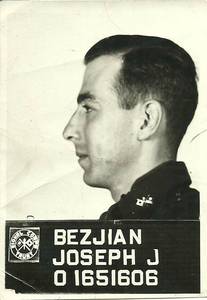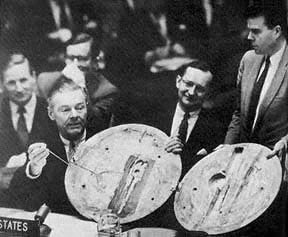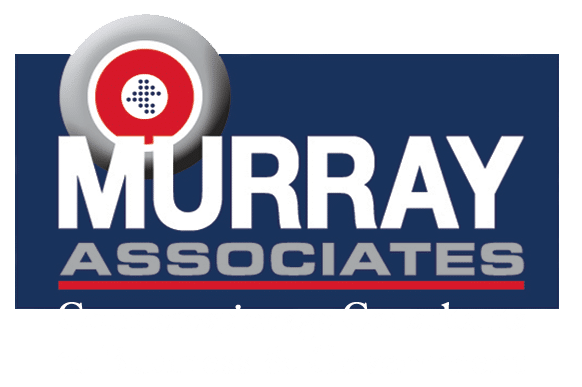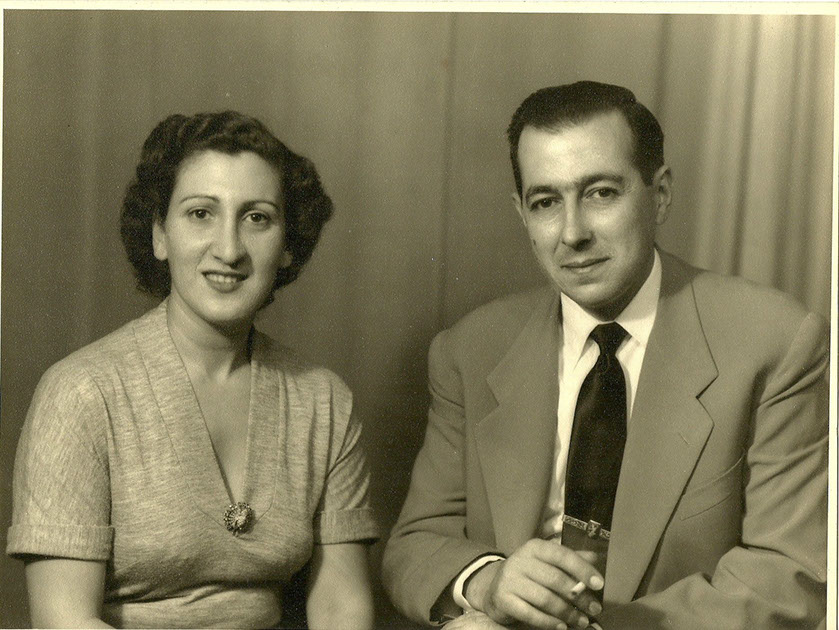Joseph J. Bezjian’s granddaughter graciously shares some insights about and photos of her American hero grandfather.
 “Some of the details I’m not sure of mainly because he came over state side during the Armenian Genocide so some documents are hard to find but he was born in what is now Turkey, his father was killed and it was just his mother and sister.
“Some of the details I’m not sure of mainly because he came over state side during the Armenian Genocide so some documents are hard to find but he was born in what is now Turkey, his father was killed and it was just his mother and sister.
He joined the army mainly as a means to support his family and did (I believe from what I’m told) cryptography and a lot of technical work. He was a very smart man and was even offered a place at MIT.
I’m not sure on the dates of when he joined the State Department but it was before my mother was born and she basically said that he was a spy of some sorts. He did do the technical work like his involvement with the seal bug but there were moments when they would be in one spot and he’d have to go to a neighboring country for a few weeks. He didn’t talk about work much but he seemed to be good at what he did. [an understatement]
I’ll also attach some pictures that I have of him as well. I’m willing to answer any questions possible you have and I’ll ask my relatives too. Just let me know and I’ll do my best to figure it out, this is exciting for me and I think we can both unravel the man who found the bug!
Joseph Jacob Bezjian was later stationed in Egypt, and retired near Venice, Florida. He was a member of the Venice Masonic Lodge No. 301 and the Grand Master in 1974. He died in 1986 at the age of 70.”
Joseph Bezjian and the Great Seal
While Green and Lodge pressed the Department to improve overseas security, the discovery of the Great Seal “bug” brought technical security at U.S. posts to the forefront. In their report, Green and Lodge were confident that the United States had not been surpassed in listening device technology. Although bugs had been found in U.S. Embassies in Eastern Europe during the late 1940s, none had been found in Moscow since World War II. Long-time diplomat George F. Kennan noted, “We had long since taught ourselves to assume that in Moscow most walls – at least in rooms that diplomats were apt to frequent – had ears.”36
U.S. suspicions increased in the fall of 1951, when a British military officer overheard a conversation between two British diplomats in another room of the British Embassy on his radio receiver. A U.S. military officer had the same experience at the U.S. Embassy.Upon investigation, neither British technical security nor SY’s technical security team of Joseph Bezjian and John W. Ford found anything. In early 1952, the U.S. Embassy used Soviet workers to remodel Spaso House (the Ambassador’s residence) for the new Ambassador, George Kennan, who believed that this remodeling provided the Soviets with an opportunity to plant listening devices; however, several technical security inspections found nothing.37
Joseph Bezjian returned to the Moscow Embassy in September 1952 to conduct a more extensive search for listening devices. Bezjian, fondly nicknamed “the Rug Merchant,” was one of three SO(T)s assigned to the Regional Security Office in Paris under the direction of Alex Prengel (the other two SO(T)s were Fred C. Snider and Hillman “Hank” S. Ford.).38 Believing that the Soviets had removed the bugs before the previous technical teams had arrived, Bezjian had his equipment shipped in separately, and posed as a “house guest” for 3 days. On September 12, in a pre-arranged plan with Ambassador Kennan, Bezjian listened for a signal frequency as Kennan dictated from a previously sent unclassified despatch, printed in a volume of the Department of State’s Foreign Relations of the United States series. Hearing a signal, Bezjian went to the Ambassador’s study, and isolated the bug in a wooden carving of the Great Seal of the United States, which had been presented to the Ambassador several years earlier as a gift from the Soviet people. The carving consisted of front and back pieces sealed together by plaster. Bezjian opened the carving and discovered a listening device known as a cavity resonator. Operating on a principle similar to a soprano singing a high pitch and breaking a glass, human voices activate the cavity resonator, and the resonator then transmits the voices on a radio frequency. Bezjian removed the cavity resonator from the Great Seal, and that night, he slept with it under his pillow (to prevent theft), then shipped it to Washington the next day. Secretary Acheson showed the device to President Truman, who then directed the Naval Research Laboratory to develop equipment for detecting cavity resonators.39
The Great Seal’s cavity resonator was not new technology, and in this sense, Senators Green and Lodge were correct when they said that U.S. technology had not been surpassed. However, Western technical security officers had not yet seen cavity resonators employed as espionage devices. Also, the cavity resonator required no electrical current, and therefore no wires. It also did not contain any ferrous materials, and therefore had eluded metal detectors. Bezjian actually found two cavities in the Great Seal. The smaller cavity held the resonator, while the larger cavity, the FBI later determined, had previously housed an older, battery-powered listening device.40
Security at the U.S. Embassy in Moscow increased after discovery of the Great Seal bug, but the effectiveness of the increase was probably limited.Shortly afterwards, Kennan was declared persona non grata. When Ambassador Charles “Chip” E. Bohlen arrived, he demanded that Sergei, the Soviet caretaker of Spaso House, give him a key to his (Sergei’s) apartment. After several weeks, Sergei gave Bohlen the key (it is unclear why U.S. officials allowed Sergei to take so long). Embassy officers found an empty room when they opened the apartment, but it was later determined that Sergei had “helped to organize the bugging of the embassy” from his apartment since the 1930s. In early 1953, the top two floors of the chancery were renovated. Although the now-suspicious U.S. officials posted guards on Soviet workers during the day, Bohlen confessed that they did not post a night watch out of “carelessness and to save money.” Discoveries of technical penetration in Eastern bloc nations continued. This led SY officials to believe there were more bugs in the Moscow Embassy, but they continued to find none.41
SY = Division of Security (1947-1984)
Figure 14: The Great Seal Bug.Director of Security John Reilly (right) holds the cavity resonator, and an SY Agent points to where the Soviet listening device (or “bug”) was placed in the wood carving, which hung in the U.S. Ambassador’s official residence in Moscow, Spaso House.SY technical officer Joseph Bezjian discovered the bug with the aid of Ambassador George F. Kennan, who read a published Department document while Bezjian located the origin of the frequency.Bezjian shipped the bug to Washington, and Secretary of State Dean Acheson showed it to President Harry Truman and explained how the bug worked.Truman ordered U.S. Government agencies to develop countermeasures for such technological espionage.Source:Department of State Records, National Archives and Records Administration.
32 Letter, Green and Lodge to Humelsine, 2 April 1951, Unmarked Folder, Box 2; and Letter, Humelsine to Green and Lodge, 31 July 1951, Folder – SY Lodge-Green Report 1951, Box 6; both Security Files 1932-63, A/SY/ Evaluations.
33 Letter, Humelsine to Green and Lodge, 31 July 1951.Memorandum “State Department Security: A Brief Summary Covering period Since Outbreak of Korean Conflict – July 1950 to December 1952,” SY, December 1952[?], Folder – Security – History and Statistics re State (SY), Box 16, Security Files 1932-63, A/SY/Evaluations.
34 Memorandum “Proposed Organizational Changes in the Office of Security and Consular Affairs,” Boykin to Humelsine, 20 October 1952, Box 1; Memorandum “Selected Background Information on Security and Consular Affairs,” Boykin to McLeod, 3 March 1953, Folder – Organization, Functions and Key Personnel of the SCA,” Box 5; both SCA DF 1945-53, RG 59-Lot 53D223, NA.“2D British Protest Made on Alien Act,” New York Times, 25 December 1952, p. 4.
35 Tab C, Memorandum “Statement of Rationale for Making the Security Division an Office,” SCA, 20 October 1952, Box 1, SCA DF 1945-53, RG 59 – Lot 53D223, NA.Memorandum, “Proposed Organizational Changes in the Office of Security and Consular Affairs,” Boykin to Humelsine, 20 October 1952.Memorandum “Organizational Changes in CON,” Humelsine to Boykin, 22 December 1952, Box 3, SCA DF 1945-53.Department Circular No. 11 “Establishment of Bureau of Security and Consular Affairs,” 23 December 1952, Box 1, SCA DF 1945-53.
36 Kenneth Stanley, “The Great Seal Caper,” unpublished paper, n.d. [1993]., HO Files.George F. Kennan, Memoirs, 19501963, Volume II (Boston:Little, Brown, 1972), 153.
37 Stanley, “History of the Technical Penetrations of American Embassy Moscow 1932-1985,” M.S. thesis, Defense Intelligence College, 1993, p. 31-43.
38 John C. Wolf, “The Early Days,” unpublished essay, 9 December 2005, copy received by PA/HO.
39 Stanley, “The Great Seal Caper,” p. 3-4.John W. Ford, “Bugging the Embassy,” Washington Post, 7 April 1985, p. F-6.Ford’s article was a letter to the editor.For Kennan’s account of the search, see George F. Kennan, Memoirs, 1950-1963 (Boston:Little, Brown, 1972), 154-157. Stanley, “History of the Technical Penetrations of American Embassy Moscow 1932-1985,” p. 31-43.
Diplomatic Security in the 1960s
Security in the Spotlight
 The U-2 affair put diplomatic security and the Office of Security (SY) in the spotlight. On May 1, 1960, near Sverdlovsk, the Soviets shot down a U-2 reconnaissance jet, piloted by U.S. civilian pilot Gary Powers. Soviet Foreign Minister Andrei Gromyko accused the United States of “perfidy” and “subterfuge.” The U.S. Ambassador to the United Nations, Henry Cabot Lodge, Jr., countercharged by detailing the work of eleven Soviet spies that U.S. officials had discovered during the previous seven years. The Soviets continued their condemnations of U.S. spying, and brought a resolution against the United States to the United Nations Security Council. Gromyko declared that if the United States continued its policy “of military espionage and sabotage against the Soviet Union,” it would place the world “on the brink of war.”3
The U-2 affair put diplomatic security and the Office of Security (SY) in the spotlight. On May 1, 1960, near Sverdlovsk, the Soviets shot down a U-2 reconnaissance jet, piloted by U.S. civilian pilot Gary Powers. Soviet Foreign Minister Andrei Gromyko accused the United States of “perfidy” and “subterfuge.” The U.S. Ambassador to the United Nations, Henry Cabot Lodge, Jr., countercharged by detailing the work of eleven Soviet spies that U.S. officials had discovered during the previous seven years. The Soviets continued their condemnations of U.S. spying, and brought a resolution against the United States to the United Nations Security Council. Gromyko declared that if the United States continued its policy “of military espionage and sabotage against the Soviet Union,” it would place the world “on the brink of war.”3
Tired of the Soviets’ bluster and accusations, Ambassador Lodge unveiled to the Security Council (and the press) the Great Seal listening device that SY’s Joseph Bezjian had found in 1952. Lodge explained how the Soviets had hidden the listening device in a woodcarving, gifted to U.S. Ambassador Harriman in 1945 by the Soviets. Lodge also presented the bug and described how it operated. Moreover, Lodge announced that the United States had found “more than 100 concealed listening devices in [U.S.] embassies and residences” in recent years in Soviet bloc nations. Although the Soviets later denied Lodge’s charges as having “complete groundlessness,” the embarrassment and damage were done. The Soviet resolution against the United States was defeated seven votes to two, with only Poland voting with the Soviets.4
The public unveiling of the Great Seal device highlighted SY’s impressive success in technical security. Between 1948 and 1961, SY engineers discovered more than 95 percent of all listening devices found by all U.S. Government agencies. While SY had one technical engineer in 1948, by 1961 it had 15.5 During the fall of 1960, the intelligence community briefed Director of Security William O. Boswell and several senior SY officers on technical threats that SY engineers would face in the future. What was shown to Boswell and the others is not clear, but the briefing left SY officials stunned and unnerved. Immediately afterwards, Boswell sought and obtained approval from the Department and the Bureau of the Budget to request an additional 44 technical engineers and $500,000 for the research and development of technical equipment in SY’s fiscal year 1962 budget. Congress increased the research and development funding to $1 million, but approved only about 20 technical engineer positions. Nonetheless, the one briefing led to a doubling of the number of technical engineers and dramatically increased SY’s funding.6





